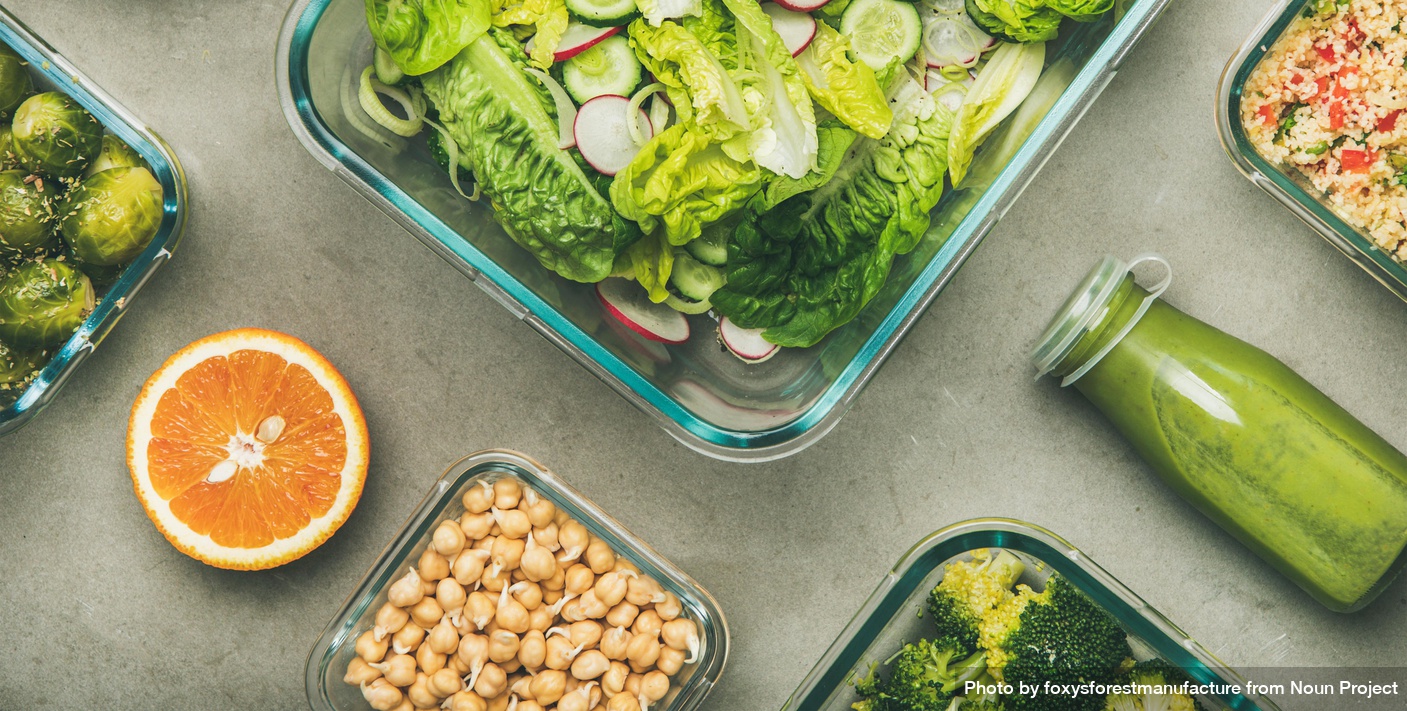The glycemic index (GI) is a measurement to show how carbohydrates affect your blood-sugar levels. Foods that are considered low GI are foods that take longer to digest while the opposite is true for high GI foods. To determine the GI number in foods, scientist measured glucose level changes in people after they consumed particular foods. Fluctuations in blood-sugar levels determined the ranking of the foods. Food in then split into three categories depending on how much fluctuation can be observed within the blood stream.
Low: 55 or less
Mid: 56 – 69
High: 70+

Foods that are considered high GI causes your blood-sugar levels to spike and then drop dramatically. This sugar-crash makes you to feeling more hungry and with less energy than before. Low GI foods have a slight incline and then level off. They usually take longer to digest and therefore they do not cause a spike in blood-sugar levels.
Research studies have shown that when a person changes their diet from high GI foods like white processed breads, to low GI foods like oat bran bread makes a significant improvements in health. Improvements include better diabetes management, weight loss, positive heart health, increase energy, improved eye health, acne prevention, and cancer prevention.
I want to highlight weight loss for a moment. Weight loss only occurs as a result of burning more calories than eating. Eating a low GI diet promotes weight loss because these foods are lower in calories, they keep you feeling fuller longer, and are high in fiber.
Recommended foods for a low GI diet include apples, pears, oranges, grapefruit, peaches, plums, apricots, berries, leafy green vegetables, pumpkin, carrots, avocados, peas, parsnips, beetroot, bananas, mangos, squash, yams, legumes, chickpeas, lentils, pasta, nuts, soy, seeds, bran, oats, barley, whole-grain breads, muesli, brown rice, low-fat dairy, and many more.

The glycemic index only calculates the amount of carbohydrates within foods. Therefore, poultry, fish, eggs, tofu, nuts, seeds, and beef do not have a GI value. Please remember that just because beef and chicken do not have carbohydrates doesn’t mean you should only eat meat and avoid the all carbs. Finding the right balance for your body is key to success.
Very low carbohydrate and high protein diets (Paleo, Keto, Atkins) have shown to help people lose weight. However, they are not a long-term solution. People who lose weight from these diets gain it back once they return to a normal diet. The breakdown of fats, cholesterol and lack to nutrients from eating a Paleo, Keto, or Atkins diet can increase your risk of heart disease, cancer, and diabetes. Wellness SLC does not encourage fad dieting to promote weight loss.
I am interested in providing you with long-term solutions that improve health and promote weight loss. What should you eat? Generally speaking, the majority of you foods should be medium to low GI and at least 50% of your total food intake should come from vegetables and fruit. The remaining should be split between proteins, whole-grains, dairy, and fats. The breakdown of each will depend on your unique body and lifestyle habits. Let’s work together to make you healthier.

Resources

